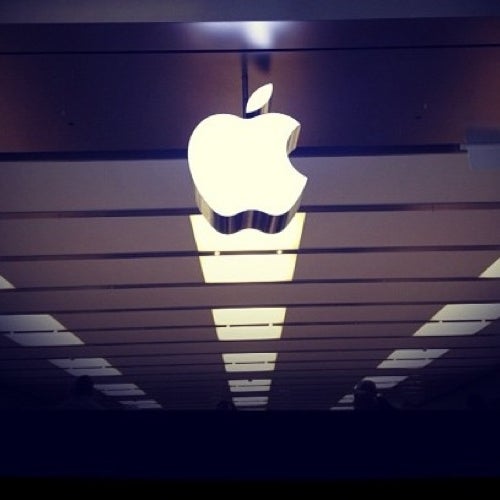

Blue Nile CEO Harvey Kanter explains, “We wanted to create a three dimensional, even more compelling experience which is really important to Millennial consumers today. It is not a traditional jewelry retail store by any stretch of the imagination. They are testing their first concept at Roosevelt Field Mall in Garden City, NY. The whole concept is to help customers navigate the vast online diamond inventory and design options Blue Nile offers in a personal one-on-one setting. What’s a diamond ring retailer to do? Blue Nile decided to make the leap from virtual Internet retailer into the real world with a store front they call a Webroom.

Not only are fewer people choosing to marry, but many are deciding to forgo the diamond tradition all together in favor of other stones or other symbols to mark their engagement. Today, the marriage rate stands at a historic low of 6.8 marriages per 1,000 people, down from 8.6 in 1999. The diamond engagement ring market, the platform on which Blue Nile’s business was based, is very different today than it was back in 1999. Blue Nile needs to transform from a transactional retail model into a branded, market driven business. That business concept has grown into a half-a-billion dollar company, which claims to be one of the world’s largest online retailers of engagement rings.īut after 16 years, Blue Nile is reaching a tipping point that now requires solutions to new business challenges. To use new Internet-powered marketing tools to spread the Blue Nile message virally.To offer those diamonds at a significantly reduced price thanks to the efficiencies of an Internet-only business.To tap an inventory of GIA-certified diamonds that take much of the guesswork out of the selection process.Blue Nile offered customers a new way to buy diamonds: He created a marketplace where the pricing was fully transparent, all without the operational overhead of a brick-and-mortar store. He added that while the average price point in China is materially less than the $7,000 seen in the U.S., the biggest sale to date on an iPhone was for $396,000 from Beijing.Īlthough Blue Nile was one of the earliest online entrants, it has been slower than other e-commerce players to open its own store. Kanter said while he doesn’t know how much of the brand’s revenues will ultimately come from stores, he said when it comes to shopping, consumers crave a tactile experience.From that bad experience a business plan was hatched around the idea of providing in-depth and non-intimidating education on the diamond buying process. “Since we launched Alipay, it’s become our number-one payment form in China,” Kanter said. A general manager relocated from the U.S. Kanter said China is now the brand’s second-largest country sales-wise, and he expects the market’s revenues of $30 million last year to balloon to $100 million in two to three years. The company drove $473 million in sales last year, and in addition to growing its retail footprint in the U.S., is significantly focusing on key global markets. He declined to say how much in sales the two pop-up shops generated, revealing only that they saw millions of dollars of sales combined. Kanter plans to use the online experience in-store to drive more revenue with less square footage. The staff is very hands-on, and the shop lends itself to a digital format, which includes a virtual wall with a live social media feed. He noted that the selling space is just under 400 square feet, smaller than a traditional jewelry store. Traditionally you have cases, but we have a small collection of product and associates take them to an area with tables and will pull out a 24-by-12 inch tablet and work to pick a setting and pick a diamond they love,” Kanter said. The shop is “demonstratively different” than other retail experiences, he said, calling it “Apple-esque” with its own version of a “genius bar.” He expects the store’s sales to surpass the brand’s take at the nearby Nordstrom. Kanter said the team chose a high-traffic location where Blue Nile could build a rich, hands-on experience. The combination of high revenues, foot traffic and conversion warranted a bigger test, which is how the freestanding door came to be.


 0 kommentar(er)
0 kommentar(er)
